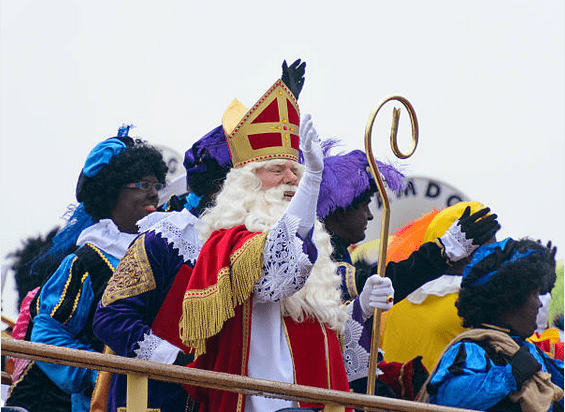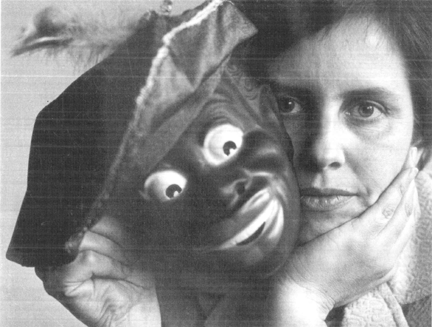The Fine Art of Ignoring Problematic Figures: Dutch Edition

Every year on the 5th of December, the Dutch celebrate a holiday despised by the rest of the world. On this dreadful day children celebrate the birthday of Saint Nicolas also known as Sinterklaas. They sing hymns and put their shoes by the chimney, where they leave something to eat for the Saint’s sidekick: his horse Americo. Then, after a night of tossing and turning from excitement, the children of the Netherlands will find presents in and near their shoes with the addition of some sugary gingerbread goodness: pepernoten. This holiday seems to be a cheerful occurring, yet it rises the image of the most controversial figure in the small country: Zwarte Piet (Black Pete).
How it all started
According to Dutch legend, Zwarte Piet is Saint Nick’s helper together with all his other Zwarte Piet’s friends. They help him carry around the large burlap bags with presents for the children in the Netherlands over the roofs of the houses on the night of December 5th, the day of Saint Nick’s birthday, while Saint Nicolas rides his horse along with them. The figures help him with everything: his horse, the presents, and it is even told that they might throw you in to one of their burlap bags if you have been naughty and brought back to their country of origin: Spain. When you see a picture of Zwarte Piet it isn’t surprising to why this figure is so controversial all over the Netherlands. Yet, the discussion on whether Zwarte Piet should change or cut from the holiday overall due to blackface is still held every year. Pro-Zwart Piet protesters believe that it is unfair to change up Zwarte Piet because it is a part of the Dutch tradition, it should stay as it is. Which is quite interesting because like traditions; values, rules and laws change all the time. Same sex-marraige is allowed and women are not bound to be the perfect housewife, but no one seems to be bothered by that change somehow. They often argue that everyone in the Netherlands is allowed to practice their own believes: Ramadan, Shabbat or pray three times a day, and if they have anything against Zwarte Piet, they should go to where they came from. One also might argue that this tradition is a children’s holiday celebrated for the youngsters’ all over the Netherlands, but is it really? Personally, I am wondering if they take Black children into consideration, the ones who find it troublesome being firstly judged by the color of their skin around this time of year, unlike white people.
Controversial for ages
Many argue that the discussion is just something that has started recently, yet they are wrong. The helper of Saint Nick’s was first introduced around the 1800s, though the color of his skin was first introduced in Laurens Philippe Charles van den Bergh’s den zwarten knecht van St. Nikolaas in 1836, and the first critique on the Saint’s helper only came around hundred years later in 1927 when a dark skinned person was name called Zwart Piet, resulting an altercation between both parties.

In 1963, a Dutch stay at home mother, M.C. Grünbauer, who loved the holiday itself, wrote an article Het Witte Pieten-plan protesting against the color of Zwarte Piet’s skin, as well as the stupidity the character portrayed. She wrote: “While the whole world is trying to improve Black men’s image, and while slavery has ended for over hundred of years, we continue the tradition of portraying Blacks as slaves”. Continuously, she tried to inform people on the streets with flyers, wrote a letter to the House of representatives and called numerous newspapers to share her ideas, until she abruptly stopped. It is unknown what drove Grünbauer, but it isn’t surprising to why the woman stopped her protests; the threats from the outside and the fear of the media became the end of her fight against the portrayal of Zwarte Piet. So, no, the fight against Zwarte Piet is not something that has been going on for a shy five to ten years, almost a decade ago this controversial matter already caused friction within the Dutch society, and nothing has changed much ever since. The discussion is an ongoing matter within the Netherlands and with the invention of the internet and the growth of social media networks like Facebook, Instagram, and YouTube, growing too. The opinions of people, for better or worse, are to be seen by everyone, and even though Saint Nicolas and Zwarte Piet has left the Netherlands on December 6th, the controversy around this holiday will remain.
